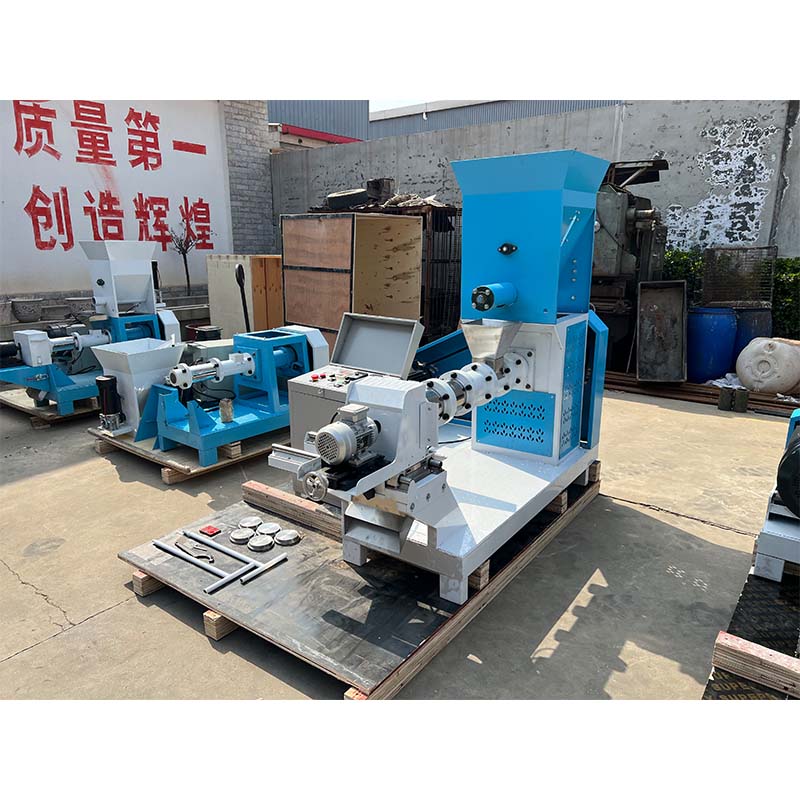automatic layer chicken cage
Dec . 30, 2024 00:19 Back to list
automatic layer chicken cage
The Evolution of Automatic Layer Chicken Cages A Modern Solution for Poultry Farming
The poultry industry has seen remarkable advancements over the years, particularly in how we raise and manage chickens for egg production. Among the most significant innovations is the automatic layer chicken cage system, which has revolutionized the way poultry farming operates. This automated solution not only enhances efficiency but also addresses several challenges posed by traditional farming methods.
At its core, an automatic layer chicken cage system is designed to provide a controlled environment for hens while allowing for efficient egg production. These cages are typically multi-tiered, maximizing vertical space and enabling farmers to house more birds in a smaller footprint. This is particularly important in an era where land is becoming increasingly scarce and expensive.
One of the primary benefits of automatic cage systems is their ability to significantly reduce labor costs. Traditional poultry farming often requires extensive manual labor for feeding, watering, egg collection, and cleaning. However, with automatic systems, these processes can be mechanized. For instance, automatic feeders deliver precise amounts of feed at scheduled intervals, ensuring that hens receive a consistent diet without the need for constant human intervention. Similarly, automated drinking systems provide fresh water without manual refills, further alleviating the workload on farm staff.
Moreover, automatic layer chicken cages usually incorporate advanced egg collection systems. Rather than collecting eggs manually, which can be labor-intensive and time-consuming, these systems utilize conveyor belts that transport eggs to a central collection area. This not only streamlines the collection process but also minimizes the risk of egg breakage, leading to higher overall production and profit margins for farmers.
automatic layer chicken cage

Another significant advantage of automatic layer chicken cages is their ability to enhance biosecurity. By keeping hens confined within a controlled environment, the spread of diseases can be more effectively managed compared to traditional free-range systems. This is crucial in safeguarding both the health of the flock and the quality of egg production. Additionally, many modern cages are designed with easy-to-clean surfaces and materials, which further aids in maintaining hygiene standards.
Furthermore, the welfare of the hens is a crucial consideration in the design of automatic layer chicken cages. While there is ongoing debate about the ethics of cage systems, many manufacturers are developing designs that comply with stringent animal welfare standards. These include providing ample space per bird, perches, and even areas for dust bathing. Ensuring that chickens can express natural behaviors contributes to their health and productivity, making it a win-win for farmers and animals alike.
However, the investment in automatic layer chicken cages can be substantial. Farmers must consider initial setup costs, which can be a barrier for smaller operations. Despite this, the long-term savings and increased production efficiency often justify the investment. Many poultry farmers who have transitioned to automatic systems report returns that surpass their initial expenditure, which highlights the economic viability of such technology in the industry.
As the global demand for eggs continues to rise, the poultry industry must adapt and innovate to meet consumer needs. Automatic layer chicken cages represent a significant step forward in this evolution, offering solutions that improve not only operational efficiency but also the overall health and welfare of the hens. While challenges remain, particularly regarding animal welfare perceptions, the ongoing development of more humane and efficient systems is promising.
In conclusion, automatic layer chicken cages are defining the future of poultry farming. By leveraging technology to enhance efficiency, reduce labor costs, and improve biosecurity and animal welfare, these systems offer modern solutions to age-old challenges in egg production. As more farmers recognize the benefits and embrace these innovations, the poultry industry is poised for a reformation that could significantly impact global food production.
-
Hot Sale 24 & 18 Door Rabbit Cages - Premium Breeding Solutions
NewsJul.25,2025
-
Automatic Feeding Line System Pan Feeder Nipple Drinker - Anping County Yize Metal Products Co., Ltd.
NewsJul.21,2025
-
Automatic Feeding Line System Pan Feeder Nipple Drinker - Anping County Yize Metal Products Co., Ltd.
NewsJul.21,2025
-
Automatic Feeding Line System - Anping Yize | Precision & Nipple
NewsJul.21,2025
-
Automatic Feeding Line System - Anping Yize | Precision & Nipple
NewsJul.21,2025
-
Automatic Feeding Line System-Anping County Yize Metal Products Co., Ltd.|Efficient Feed Distribution&Customized Animal Farming Solutions
NewsJul.21,2025






